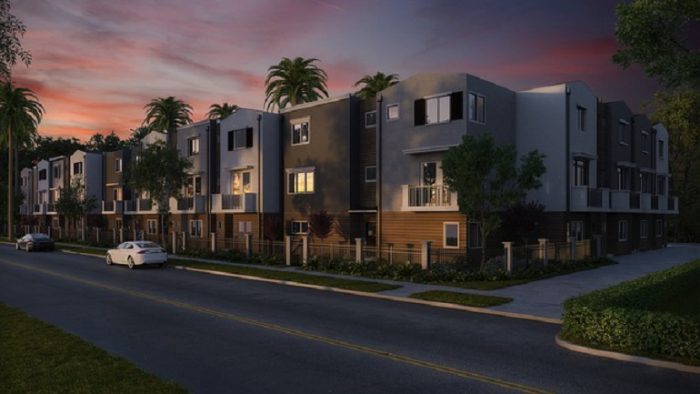Internet Technologies Helping to Reach Energy Efficiency Targets
This article was originally published on energymanagertoday.com on August 15, 2019. A growing number of US manufacturers are setting goals to reduce their energy use. Industrial Internet of Things (IIoT) technology can help. With a wide net of low-cost wireless sensors and smart equipment connected to powerful analytics tools, plants can improve their energy efficiency, … Read more




